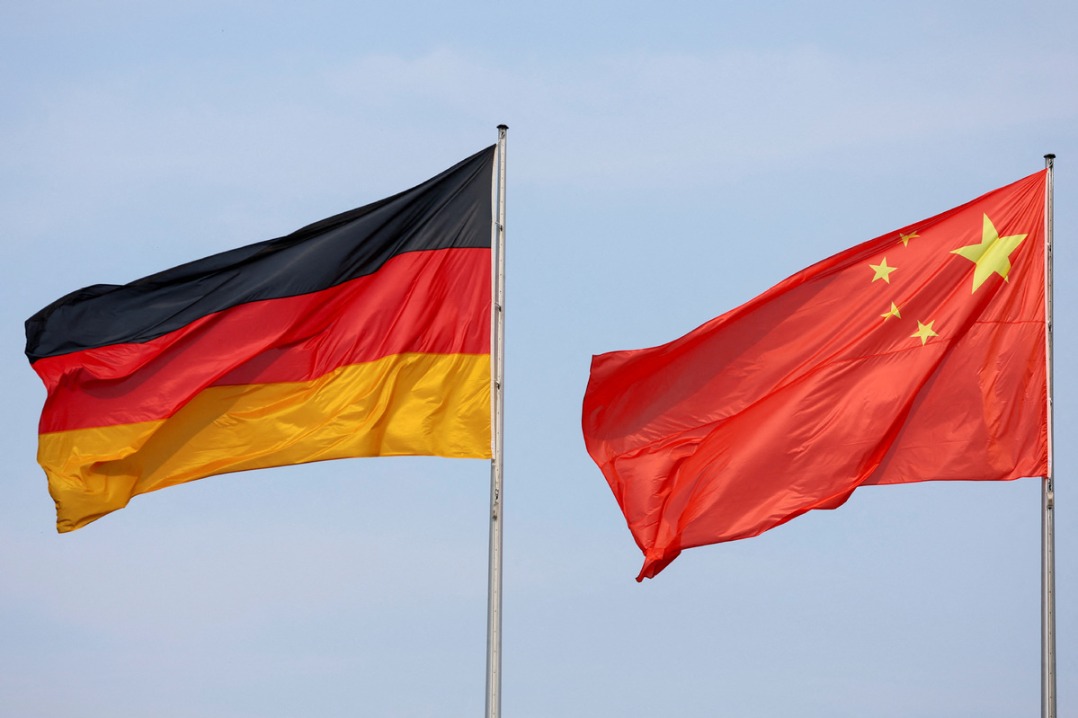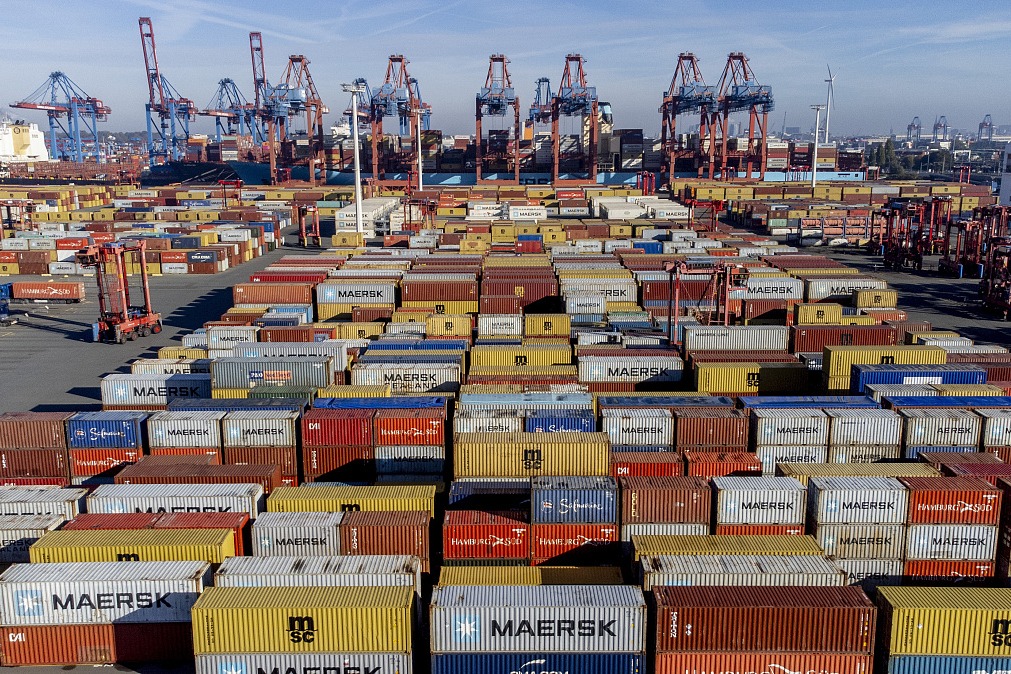Optimism abounds for Greater Bay Area development


Foreign institutions were bullish on China's development plan for the Guangdong-Hong Kong-Macao Greater Bay Area released on Monday, saying the area will lead in development for city clusters in the country, Shanghai Securities News reported on Wednesday.
The bay area consists of the Hong Kong Special Administrative Region, the Macao Special Administrative Region and nine cities in Guangdong province — Guangzhou, Shenzhen, Zhuhai, Foshan, Huizhou, Dongguan, Zhongshan, Jiangmen and Zhaoqing.
Covering a total area of 56,000 square kilometers, the bay area had a combined population of about 70 million by the end of 2017 and its gross domestic product reached around 10 trillion yuan ($1.48 trillion) in 2017.
Xing Ziqiang, chief economist with Morgan Stanley for the China market, told the newspaper the bay area will see improved productivity and sustainable development, as the plan aimed at further market-oriented reform and opening-up and higher-level financial service integration in the region.
"As a pioneer in reform and opening-up, the bay area has great potential," he said. "We predict total factor productivity in the area is expected to grow at a rate between 1.5 and 2.2 percent in the next 10 years, considering government policy support and coordinated development among pivot cities, which will also boost growth of satellite towns."
Shanghai Securities News cited a source at Citibank (China) Co Ltd, who said the plan will be followed by a raft of exchanges of personnel, currency, trade and business opportunities in the area, injecting more vitality in the region's development.
The source also expressed optimism for turning the bay area into an innovation platform and financial hub with international competitiveness, saying Hong Kong, Macao, Shenzhen and Guangzhou have advantages in finance, technology and logistics services, while Dongguan, Foshan and Zhongshan have good performance in manufacturing.
By 2030, according to Xing, the bay area's population will increase to a maximum of 88 million, and its economy will land in the range of $3.2 to $4.1 trillion, while the per-capita income gap between satellite towns and metropolises like Guangzhou and Shenzhen will narrow from the current 43 percent to around a third.
Along with the plan, the Citibank China source said Citibank has established a working group to evaluate business opportunities in the area.
Still, Xing said further reform in aspects such as simplifying administrative procedure, encouraging innovation and relaxing restriction on foreign ownership and financial integration between Hong Kong and Guangdong will be needed to promote a flow of personnel, goods, capital and public services.
Zhou Hao, economist at Commerzbank, told Shanghai Securities News how to solve the difference in legal and financial supervision mechanisms among cities is still a big issue.
MOST POPULAR
- 1 Things to know about China Intl Consumer Products Expo 2024
- 2 China tops FDI confidence index of emerging markets
- 3 China specifies steps to improve payment services in tourist attractions
- 4 Low-altitude economy set to take off
- 5 China's immigration service platform receives over 10m calls from home, abroad
Editors' Picks
 Infographic:
2023 Sino-German investment and trade in numbers
Infographic:
2023 Sino-German investment and trade in numbers
 Infographic:
China-Germany relations in graphic
Infographic:
China-Germany relations in graphic
 Infographic:
Qingming Festival holiday in numbers
Infographic:
Qingming Festival holiday in numbers
 Infographic:
Development of Xiong'an New Area over past 7 years
Infographic:
Development of Xiong'an New Area over past 7 years



